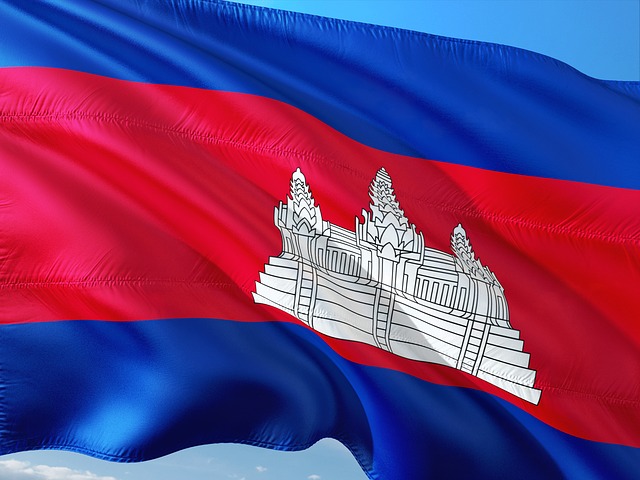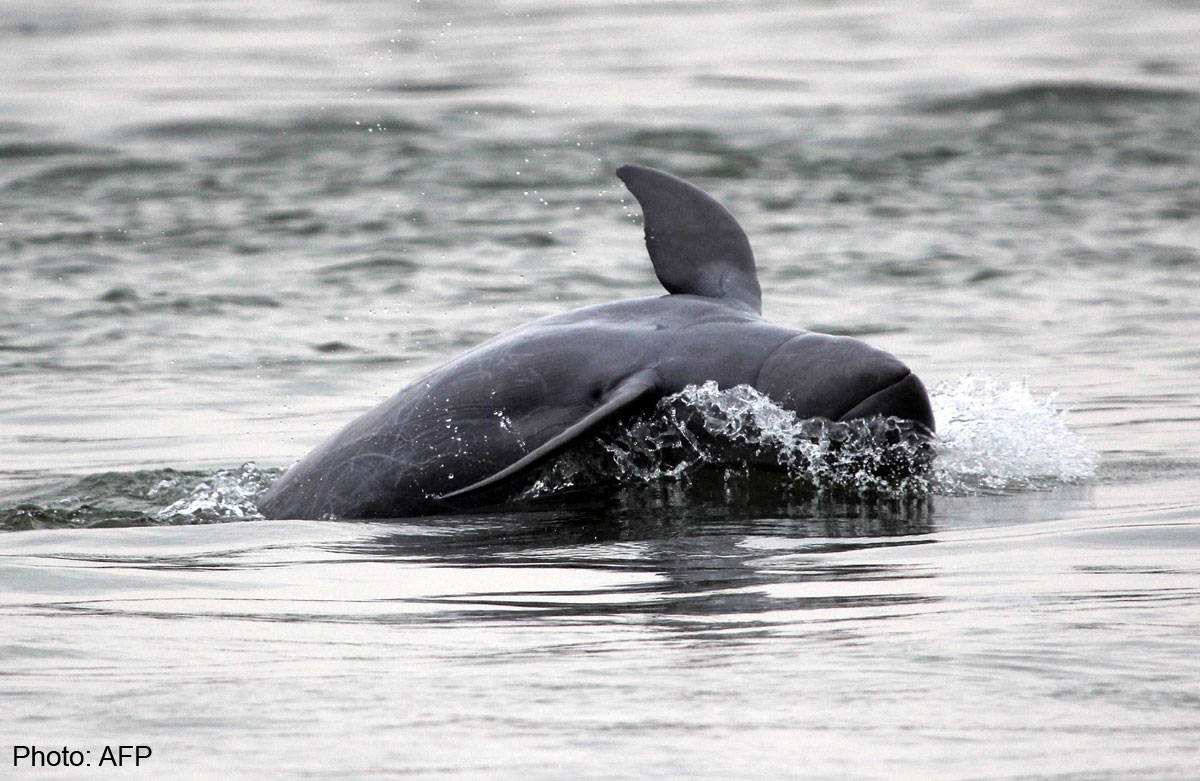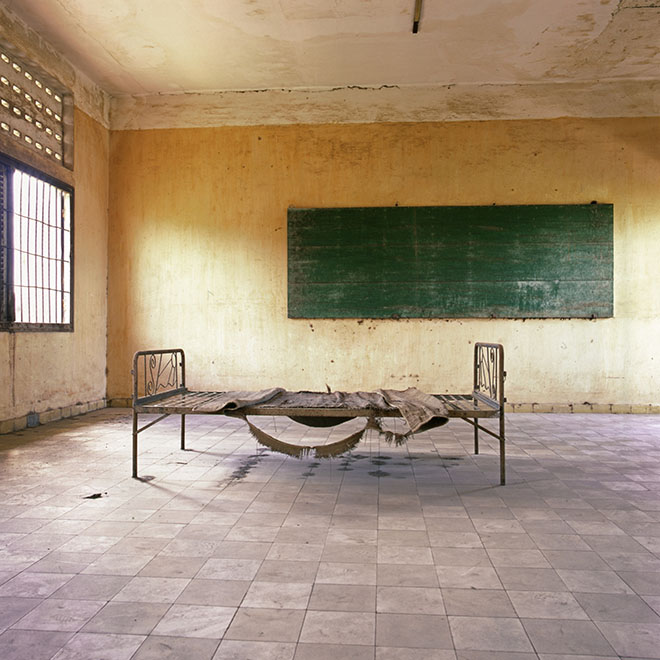From our perspective, a seasoned traveler is not the one who travels far and wide but the one who truly understands the land he has stopped by. That’s why we always encourage our customers to find out more about their destinations before the journey by providing interesting but valuable information. In this article, we will take you to Cambodia, a modest country in the Indochina peninsula and tell you ten striking facts about it.
Let’s guess how much do you know about this nation?

#1 The Largest Religious Complex Worldwide
Regarding Cambodia, we believe that Angkor Wat is not a newfangled term to you. A UNESCO acclaimed site. A world-renowned archaeological park. The must-visit attraction in Cambodia.
Is that everything about Angkor Wat?
More than just an extensive religious construction, the Angkor temples are considered the most important holy place around the world. The total area covers a land of 500 acres. This is the figure of the current temple complex after years of war and natural erosion, and it is already 50 times greater than Machu Picchu.
When you visit Angkor archaeological park, you will feel like time-traveling back to nine or even ten centuries ago. All the buildings and monuments were made from stone with massive bas-reliefs and various devatas ornamenting the walls.
#2 A Special Flag With A Building Image
If you do a little research on national flags, you will notice the common things in terms of colors or layouts among countries. For example, as a foreigner, you will find it difficult to differentiate between New Zealand and Australian flags.
But you can’t mistake the Cambodian flag because it is imprinted with the image of Angkor Wat, a signature building in this country. It is the only national flag that has a structure. So no worry that you couldn’t recognize Cambodia.

#3 Home To The Largest Freshwater Lake In Southeast Asia
Literally translated into ocean lake, Tonle Sap Lake sometimes fool visitors into mistaking it for a tranquil ocean. Perhaps that how Tonle Sap gets its name.
Besides being an enormous natural freshwater lake in Southeast Asia, it is also a fascinating place with a wide range of fauna and flora. UNESCO has listed Tonle Sap in their biosphere reserves to highlight the significance of the biodiversity as well as the importance of preserving it.
A boat trip on Tonle Sap lake will not only reveal the vibrant nature of Cambodia but also show a distinctive way of living of the villagers living nearby. You will be allured by a range of small houses floating above the water, the long narrow boat the fishermen use to practice the one and only leg fishing technique.
#4 River Dolphins in the Mekong River in Cambodia
It also makes us startled to hear about river dolphins, a super rare and endangered freshwater cetacean. There are seven species of this animal, and many of them have been declared functionally extinct. However, all of a sudden, a tiny group makes their way to the upstream of the Mekong river and inhabits there.
However, the number of Irrawaddy dolphins, the type of species existing in Southeast Asia is minimal. Scientists estimate that there are approximately 70 to 100 individuals occupying 190 kilometers of the Mekong River.
If you are a nature enthusiast, a Cambodian expedition will help you broaden your horizon as it features a myriad of exotic plants and animals.

River Dolphins in Mekong River
#5 Super Young Population
Cambodia possesses an incredibly young population with an average age under 15. The national statistics show 50% of its citizen is younger than 15 years old, and 63% hasn’t reached their 30s.
Unfortunately, the reason for such a weird fact boils down the unforgettably terrible memories of the Cambodian. The genocide which occurred around 55 years ago was attributed to taking the lives of possibly 3 million people, resulting in the young population nowadays.
#6 The Dark Past Of Genocide
As peaceful as it may seem in this day and age, the Cambodian has gone through dreadful years of political dictatorship. Under the Khmer Rouge’rue led by Pol Pot between 1976 and 1979, around 1.5 and 3 million people equal to a quarter of the country’s population died of brutal slaughter, malnutrition, strenuous work, and inadequate medical care.
The dark past now is often referred to as the Cambodian genocide.
It’s a terrible part of the history that still horrifies people of the present, but the nation itself has made a significant breakthrough. The remnant of the Cambodian genocide such as The Killing Field the S-21 prison becomes a popular tourist site, particularly for those in love with history.

Tuol Sleng Genocide Museum in Phnom Penh, Cambodia. Photo by Evgeny Nelmin
#7 Insects As A Snack
Have you ever thought of eating insects like ants, crickets or tarantulas (these are not insects though)?
We totally understand if you doubt the sanity of such exotic foods. Still, as most of the food stalls selling such dishes make it for the local, you can partially be assured of the food quality control. Then, why not try a deep-fried cricket when you visit Cambodia? It is often described as “pleasantly crunchy.”
#8 The Unusual New Year In April
As you may know, there are two dominant systems of calendar that up to 90% of the world nations use to identify dates, months, years. The Georgian calendar is more prevalent in Western countries while the Eastern world, including China, South Korea, Japan, Vietnam and so on accepts the lunar calendar to determine New Year Eve and New Year Holiday.
Cambodia, on the other hand, applies the unique Khmer calendar based on Buddhism calculation. Therefore, the most important celebration falls in mid-April (the specific time varies annually).
#9. USD Is Accepted Almost Everywhere
Sound strange, doesn’t it?
But you can actually settle your bill by U.S dollars in Cambodia. The truth is, riel, the national currency is losing its value seriously due to inflation. Not only the government but also the local residents worry about it, so they tend to keep cash in a hard currency like USD to avoid value lost.
However, we still recommend you bring some change in riel. There are many cases in which the sum is too small as compared to U.S dollars, and the street vendors may give you changes in riel, which don’t have many usages.
#10. Say “Hi” By Sampeah
As a country where Buddhists are dominant, greeting gestures in Cambodia follow the ritual in Buddhism. When people meet each other, they will place both palms together and make a slight bow.
The higher you raise your palms, the more respect you show to the other person. Normally, palms at chest level for fellows; at mouth level for seniors; at eyebrow level for the king or the monks. And when you pray to God or sacred statues, sincerely put your hand above the forehead, your wish may come true.




Comments